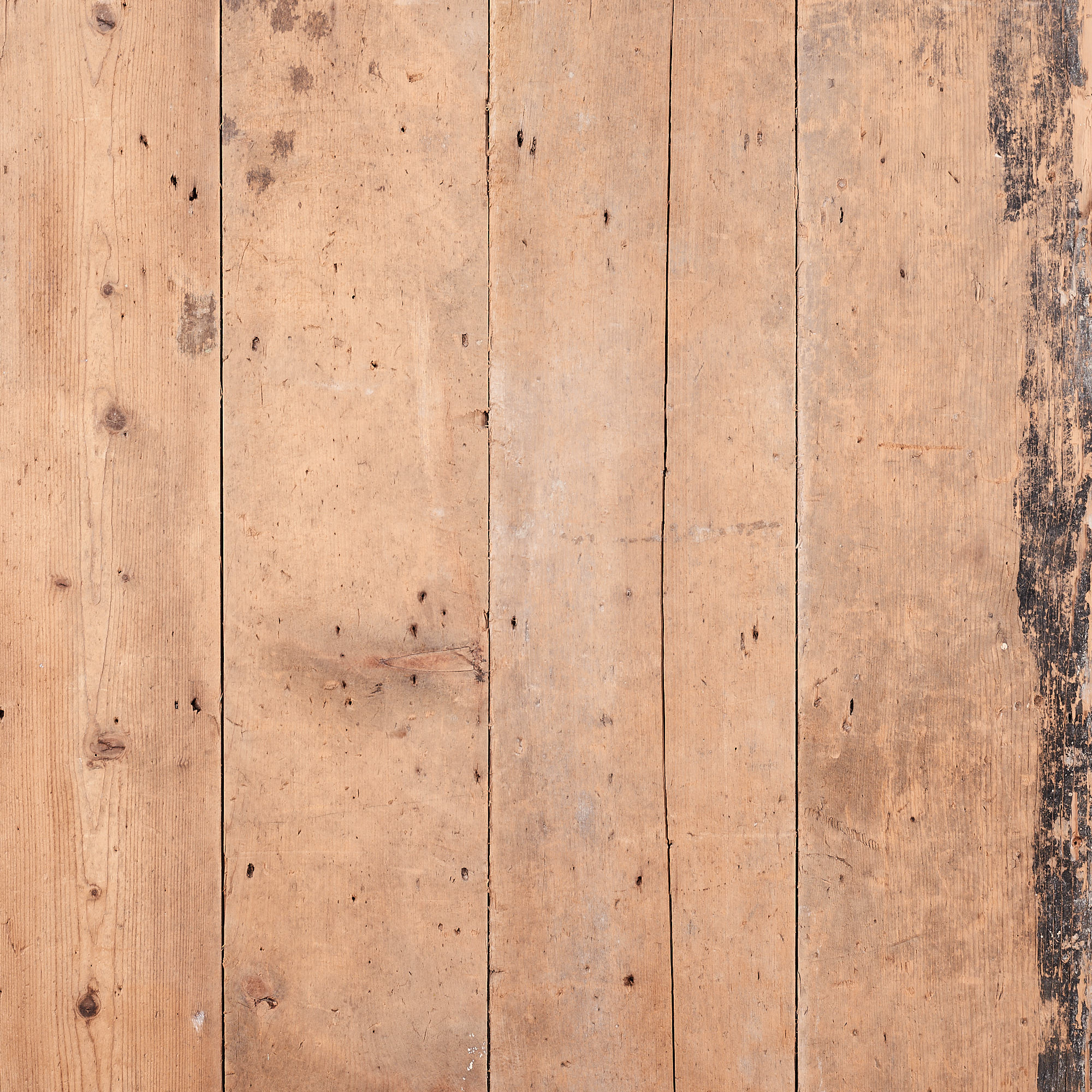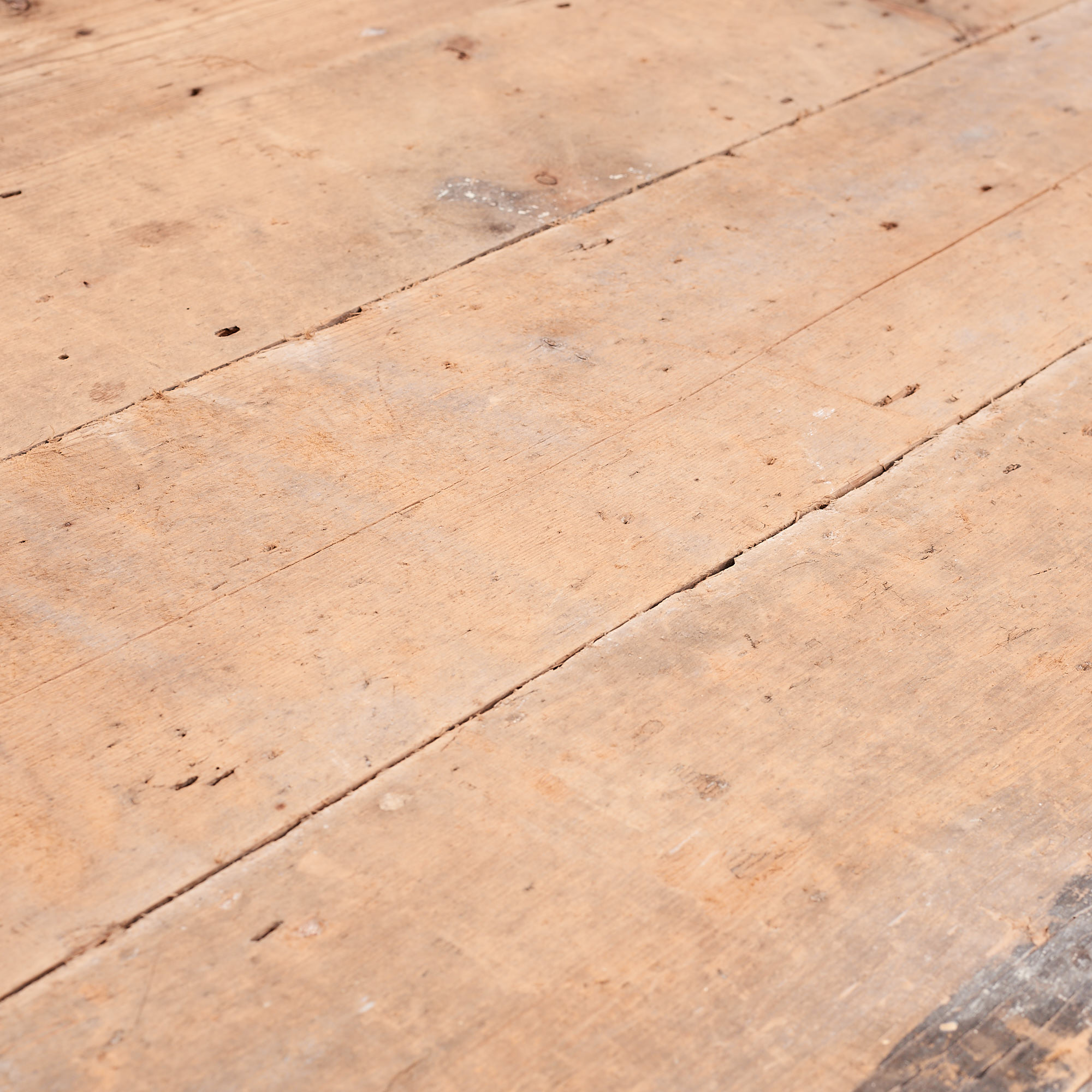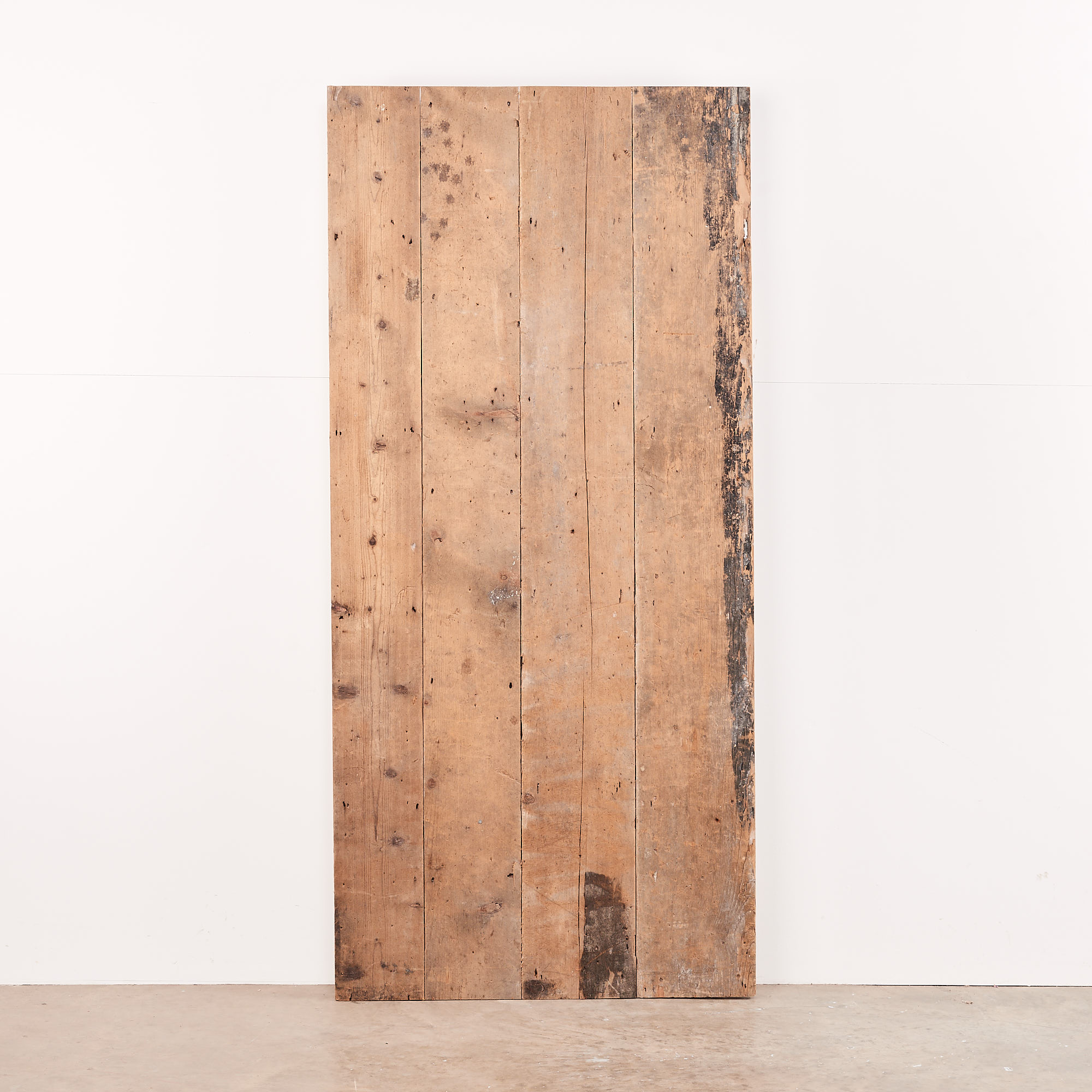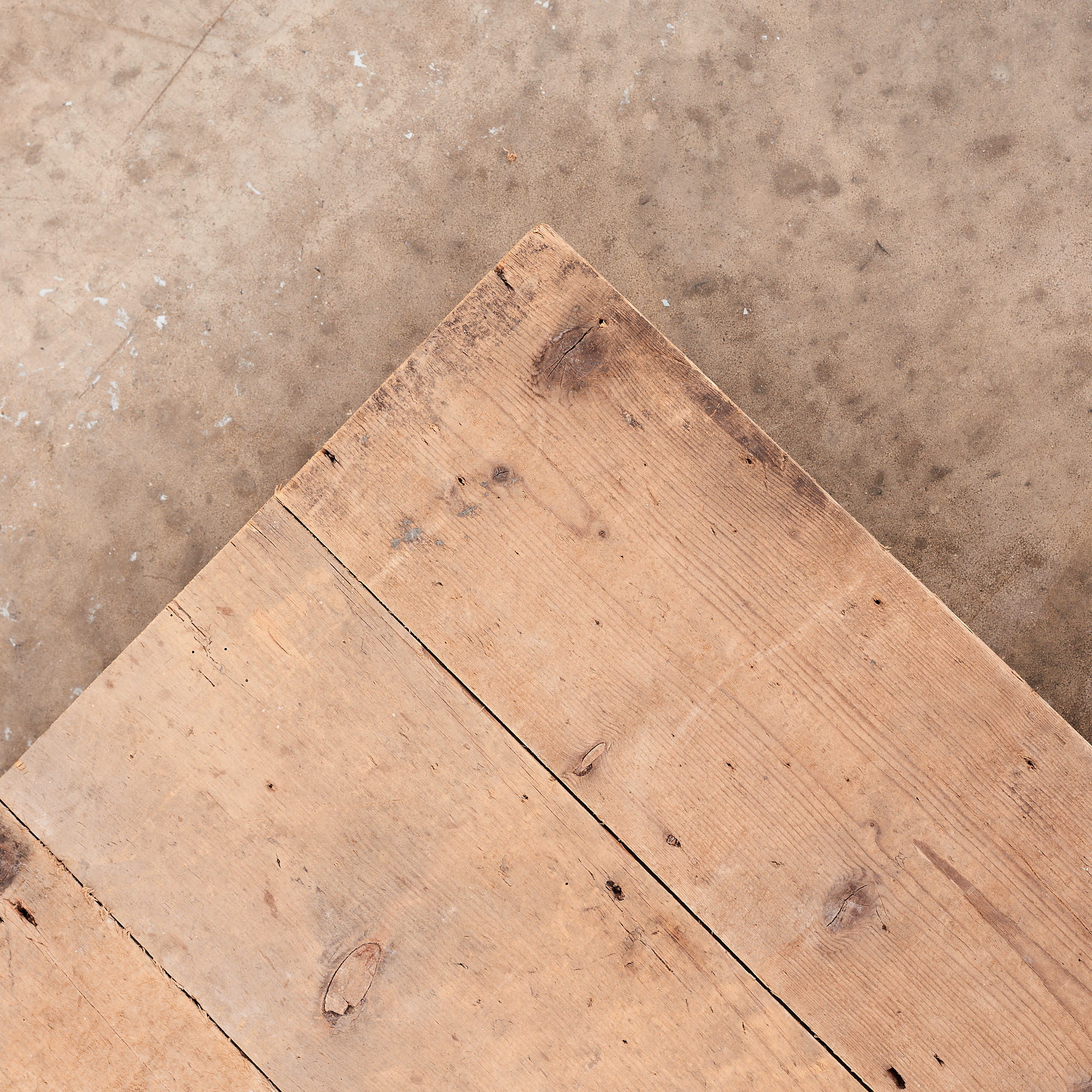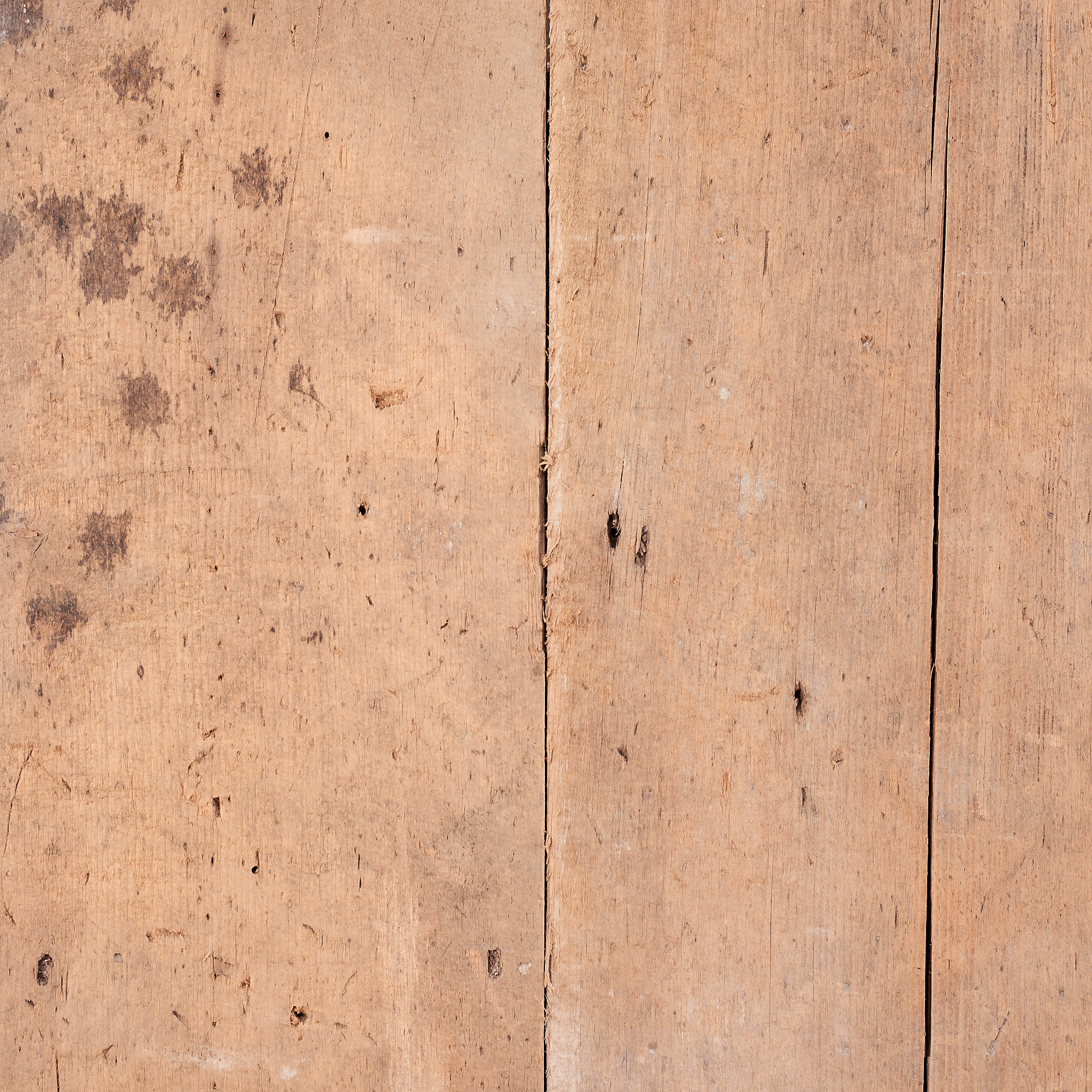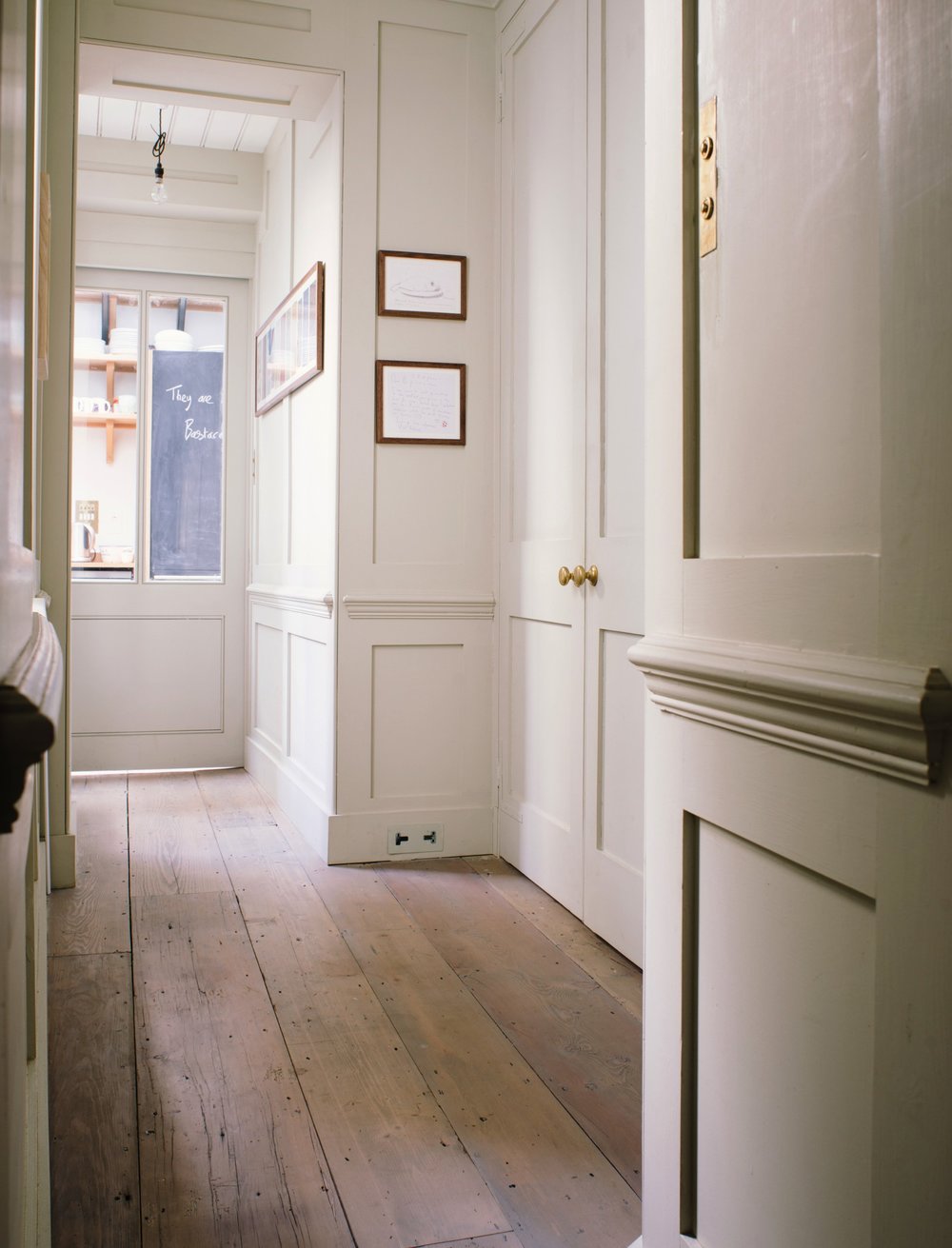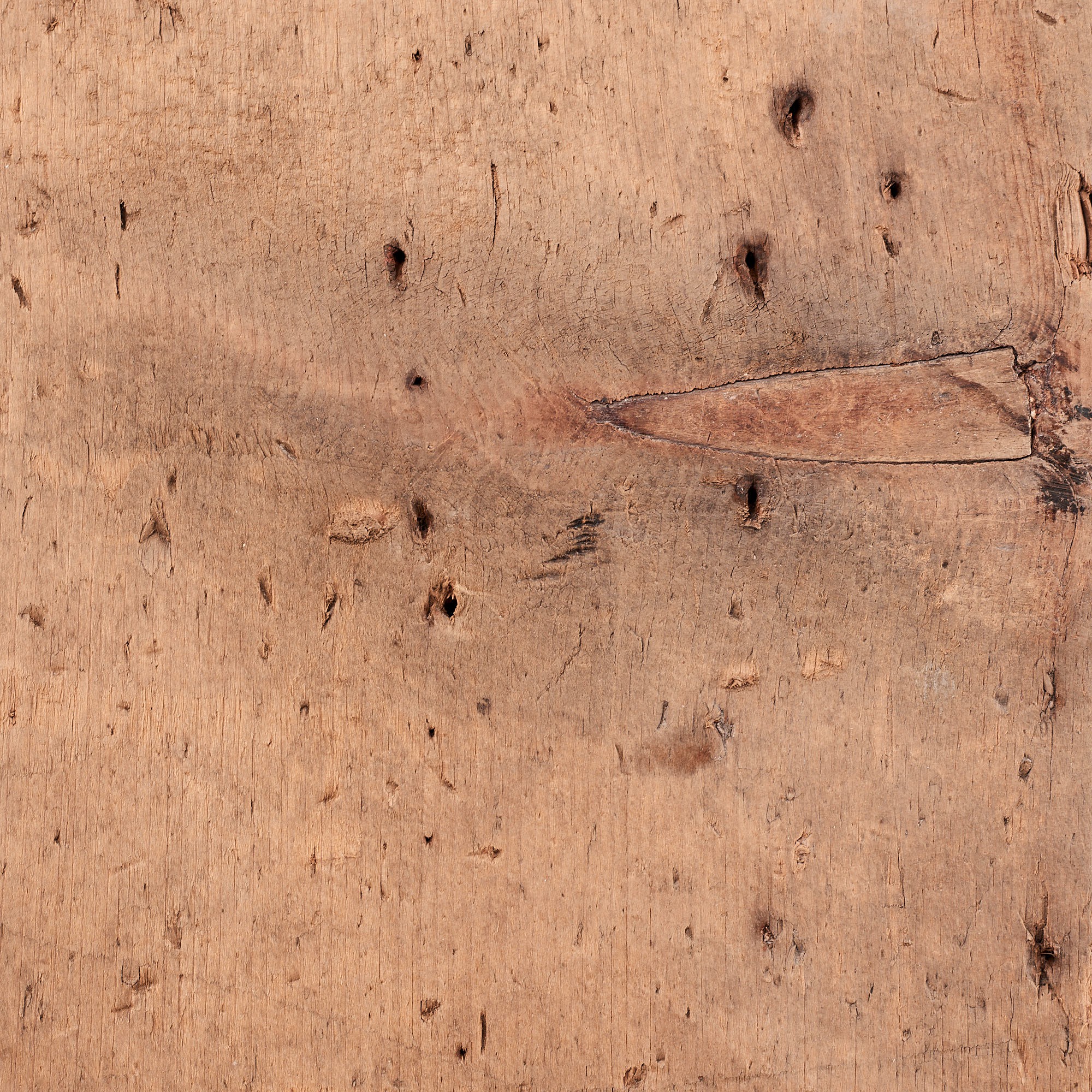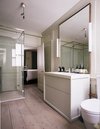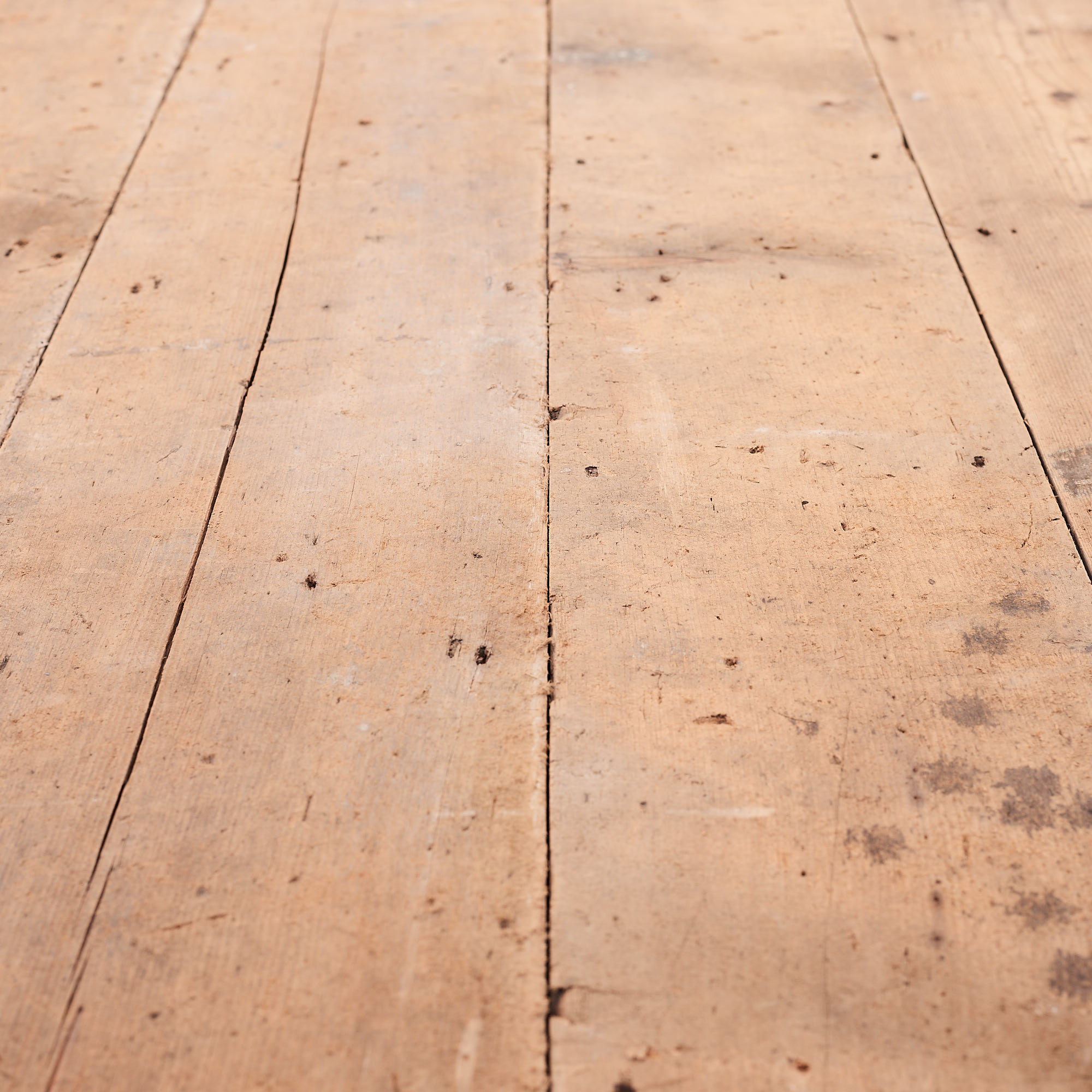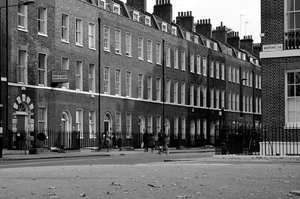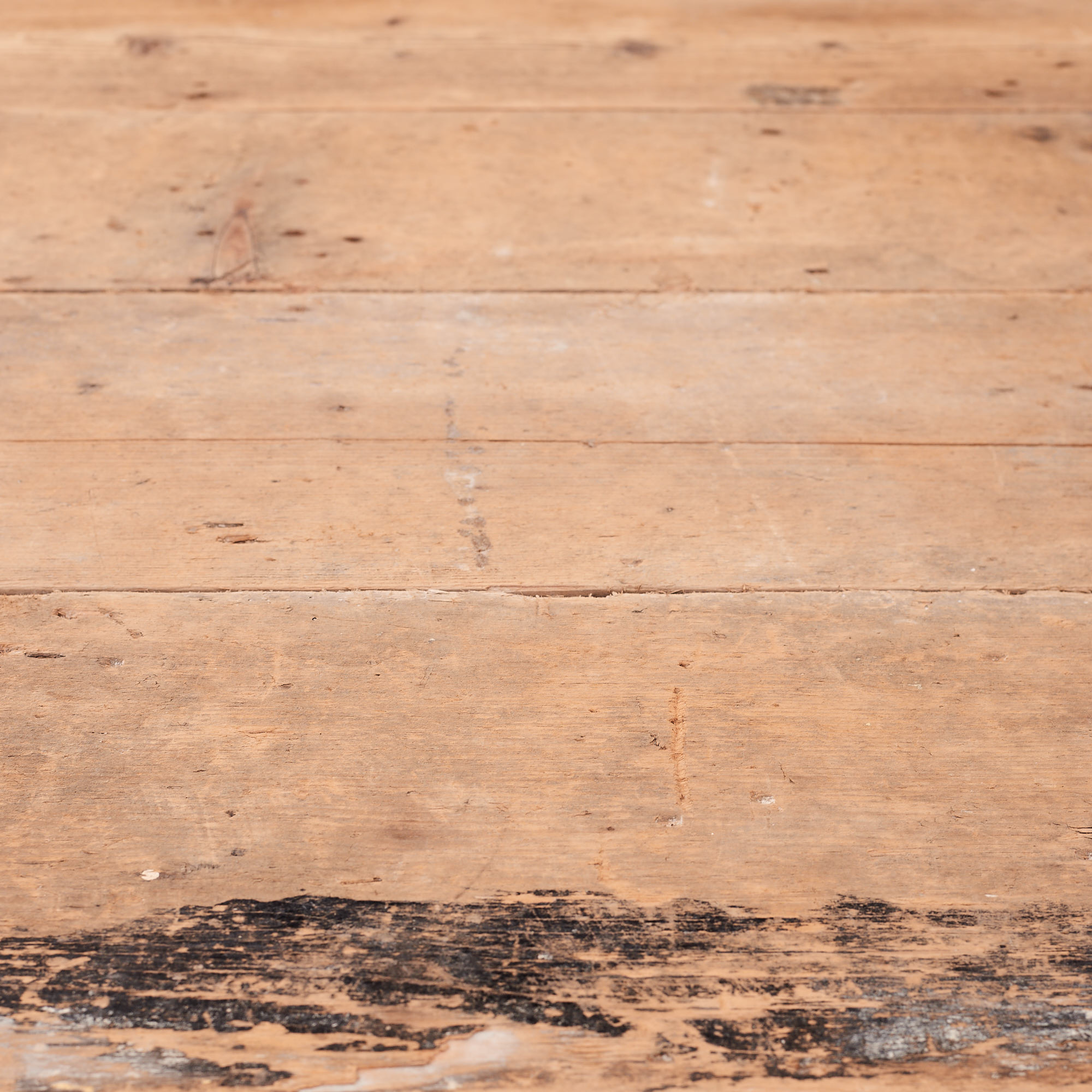Archived Stock - This item is no longer available
Reclaimed Georgian Baltic pine floorboards,
Many of these boards are over 200 years old. They come squared edged in a mixture of lengths, just as they have been reclaimed or salvaged. The old growth Baltic Pine from which these boards are made is straight grained and expresses a mellow pale yellow colour. Some boards may have residual paint or be otherwise discoloured but with a little restoration a wonderful finish can be achieved. These boards are supplied unfinished and they require cleaning, sanding and finishing.These represent standard British domestic flooring, ubiquitous throughout the Kingdom from the humblest cottages to the most exalted town houses.
SOLD OUT
Out of stock
“The record demand for house building in 18th and 19th century London was an indicator of the nation’s prosperity. The demand for buildings resulted in a demand for timber; that timber was pine, felled in Poland and sent to England through the Baltic ports. The soaring popularity of imported softwood was driven by its quality and availability as well as favourable transport and conversion costs. The quality of slow-grown old-stand timber such as Pinus Sylvestris that was cut inland and sent down river to the Baltic ports of Memel and Riga was recognised by architects and craftsmen of the period.Contemporary specifications (for example by English architect Sir John Soane) called for pine and fir from these ports, including Memel and Riga Fir.
Much of our historic joinery and flooring was constructed from wood that was slow grown. This wood generally has a fine, close-grained texture and, because much of it was from old stands, it tends to be fairly clear of knots and vertically grained, giving it good durability and stability.
Today, managed softwood plantations aim to produce timber as quickly and as economically as possible. This faster grown timber is not as durable as that from the mature trees that were more common up to the start of the 20th century. Much of the modern fast-grown softwood will be used in construction once it has been pressure impregnated with preservatives. Generally this type of timber is not suited to quality repairs of historic joinery. The quality and closeness of grain of repair timber should match that of the original as closely as possible. This will reduce differential movement at the junction of old and new wood.” – The Building Conservation Society.
Recently Viewed Items
-
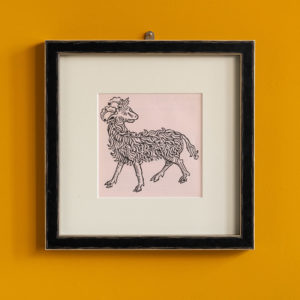
Poeticon Astronomicon e De Magnis Copiunctionibus – Aries,
£195 eachPoeticon Astronomicon e De Magnis Copiunctionibus – Aries,
Poeticon Astronomicon was originally published in Venice, 1485 whilst e De Magnis Copiunctionibus was published in Augsburg 1489. The descriptions come from William Lilly of London in 1647.£195 each -
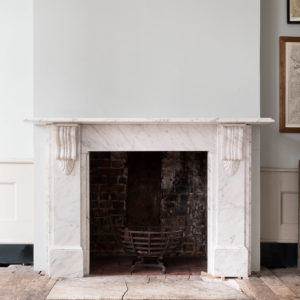
Large Victorian Carrara marble corbel fireplace
Large Victorian Carrara marble corbel fireplace
the moulded rectangular shelf supported by moulded corbels, with plain frieze and jambs, on footblocks.
-
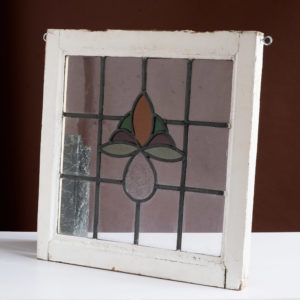
Stained glass panel,
£30

